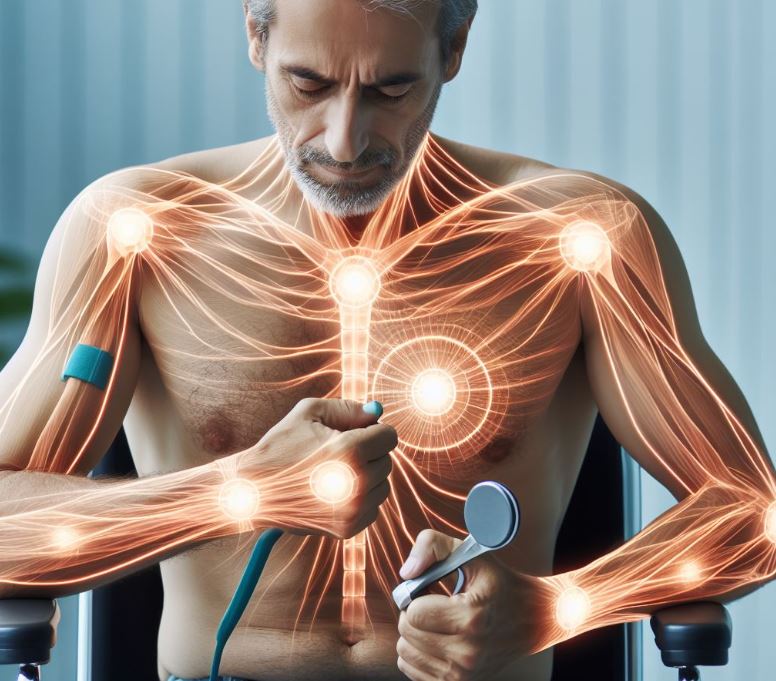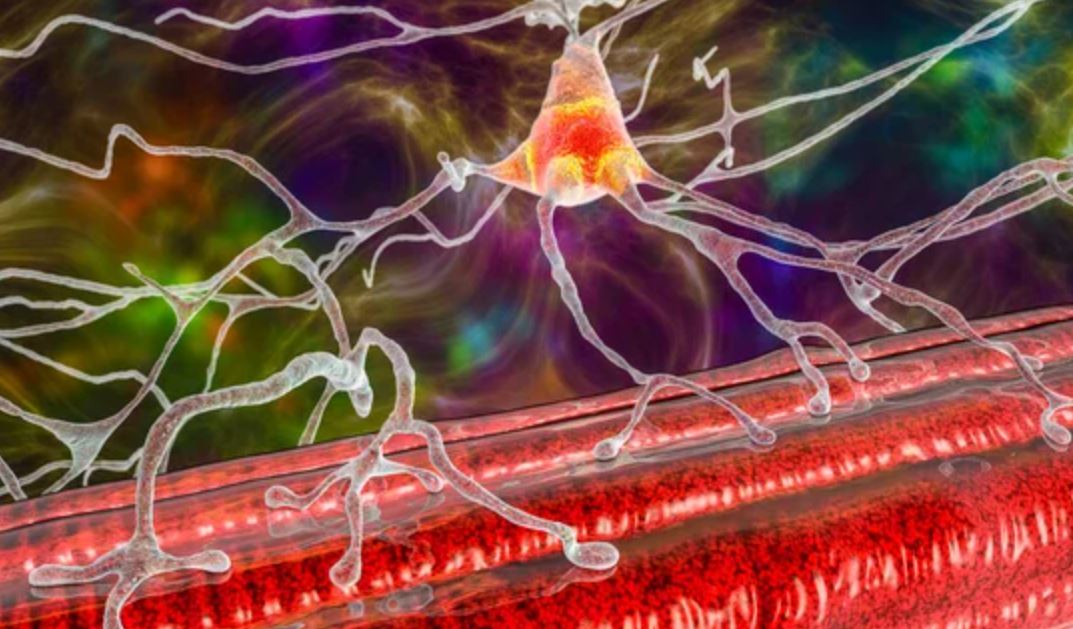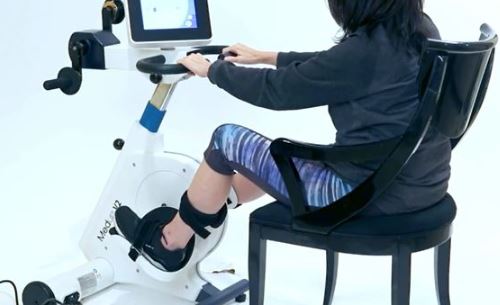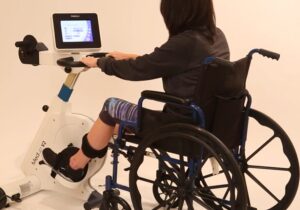Embark on a transformative journey in rehabilitation with the MedUp V2 active-passive cycle trainer – an exclusive breakthrough setting new standards in Canada. Explore the advanced features and advantages of MedUp V2, a sophisticated solution that replaces outdated technologies and brands, redefining the landscape of rehabilitative training.
Get the benefits of the MedUp V2 to provide therapeutic support for a myriad of health, injury and mobility conditions. Institutional quality grade, for your treatment centre or at-home use.
Innovative Spasm Recognition Technology
The MedUp V2 redefines safety in training with its state-of-the-art spasm recognition software. This cutting-edge technology swiftly identifies and releases spasms, ensuring that muscles are protected during every session. Tailored for individuals with spasticity, injury or paralysis, and mobility challenges, including wheelchair users, this revolutionary feature provides a secure environment for effective rehabilitation.

Adaptive Training Modes
Experience versatility like never before with MedUp V2’s adaptive training modes, catering to a spectrum of abilities and needs.
- Intuitive Passive Mode:
- Tailored for users without movement in extremities.
- Ideal for early rehabilitation and encouraging movement in dementia patients.
- Empowering Assisted Mode:
- Assists users in completing the pedaling cycle independently.
- Ideal for individuals with limited muscle strength, fostering activity, strength, and coordination.
- User-Driven Active Mode:
- Suited for those with ample muscle strength.
- Allows users to pedal against customizable resistance levels, enhancing strength and endurance.
- Dynamic Isokinetic Mode:
- Constant speed with variable resistance, offering a dynamic workout experience.
Unmatched Performance and Benefits
MedUp V2 stands out with its exceptional performance, presenting a plethora of benefits that meet diverse rehabilitation needs.
- Symmetrical Training Redefined:
- Gauges the degree of training for both limbs.
- Facilitates bilateral balance of muscle strength and enhanced coordination.
- Real-time Data and Seamless Feedback:
- Engage with an 8’’ touch screen, offering an intuitive and responsive interface.
- Receive instantaneous feedback on speed, resistance, and muscle tension, enhancing overall training results.
Cutting-Edge Features: MedUp V2 is equipped with features that elevate convenience and usability.
- Immersive 8’’ Touch Screen:
- Responsive interface with a vibrant full-color display.
- Intelligent Servomotors:
- Ensures quiet operation, fostering a serene training environment.
- Portable Stability:
- Built-in wheels for easy transport.
- A secure chassis that remains stable on the floor during intensive training sessions.
Leading in the Rehabilitation Landscape
The MedUp V2 is at the forefront of innovation in the Canadian rehabilitation landscape. With its spasm recognition software, adaptive training modes, unparalleled performance, and cutting-edge features, MedUp V2 is set to replace outdated technologies and brands. Embrace a new era in rehabilitation with MedUp V2, where safety, versatility, and real-time feedback converge to redefine therapeutic training, exclusively available to elevate the rehabilitation experience in Canada.







